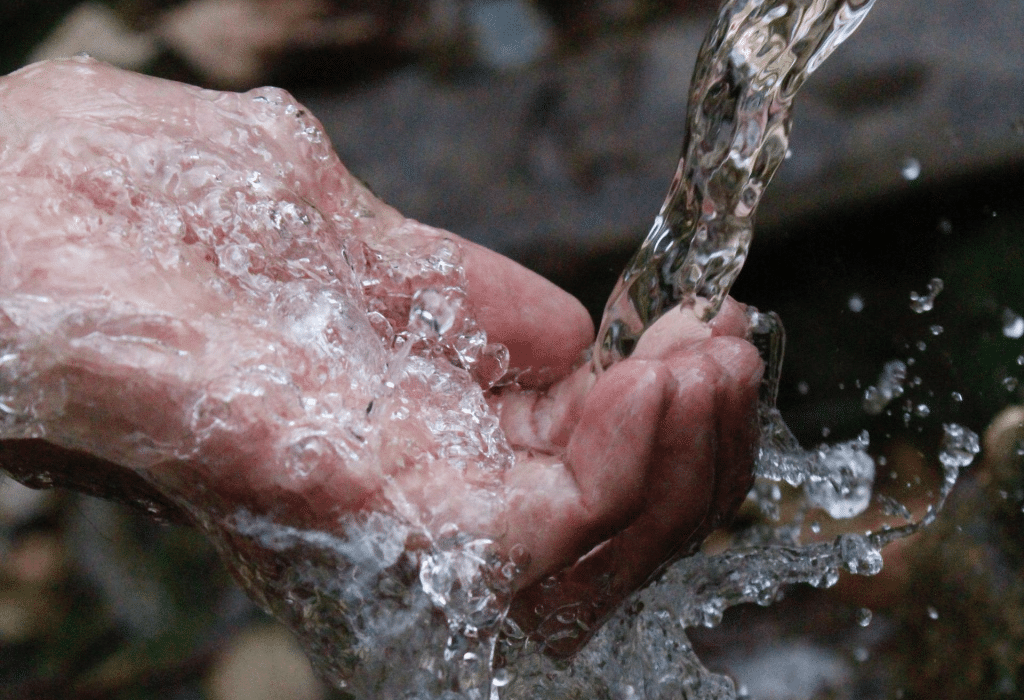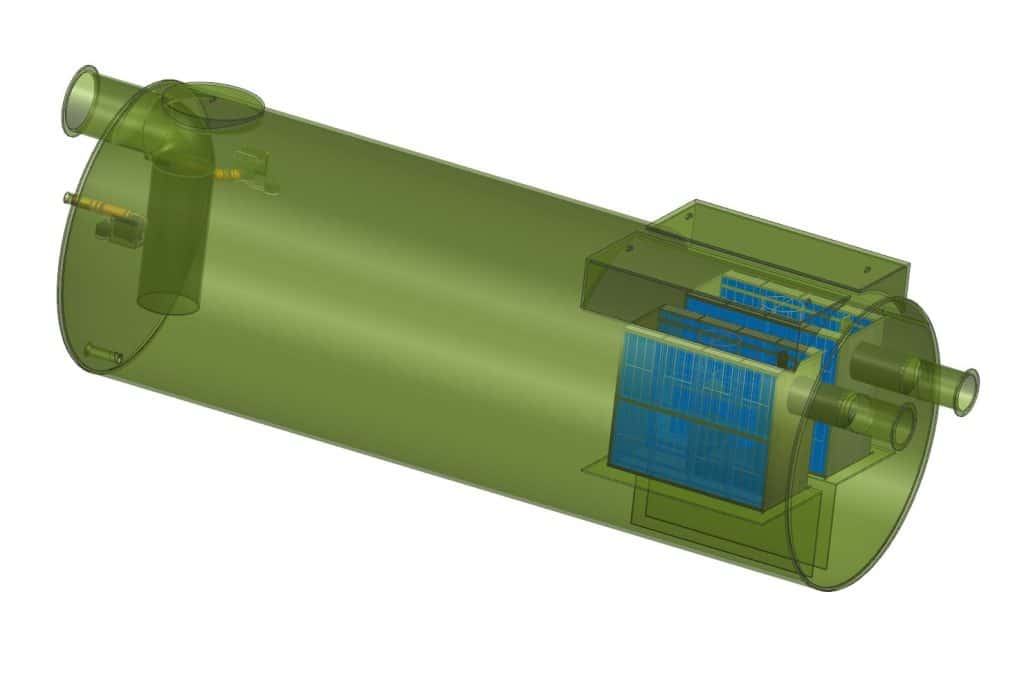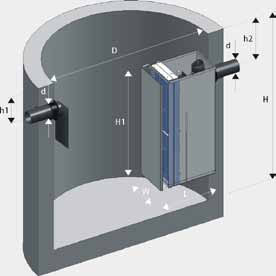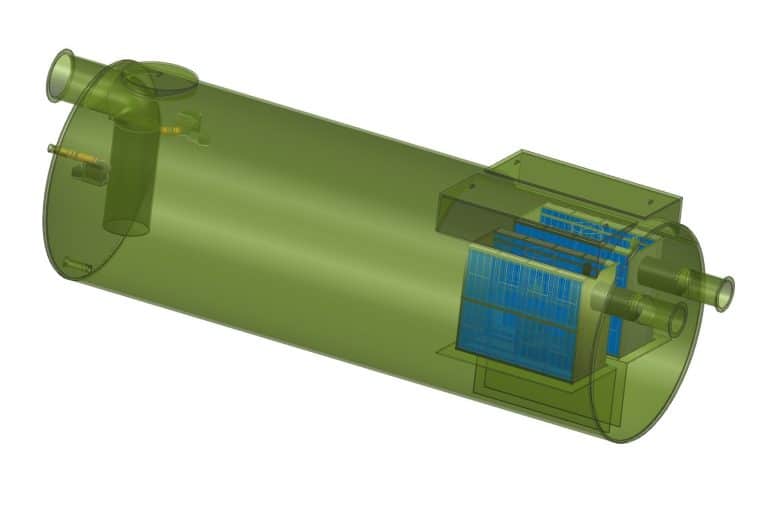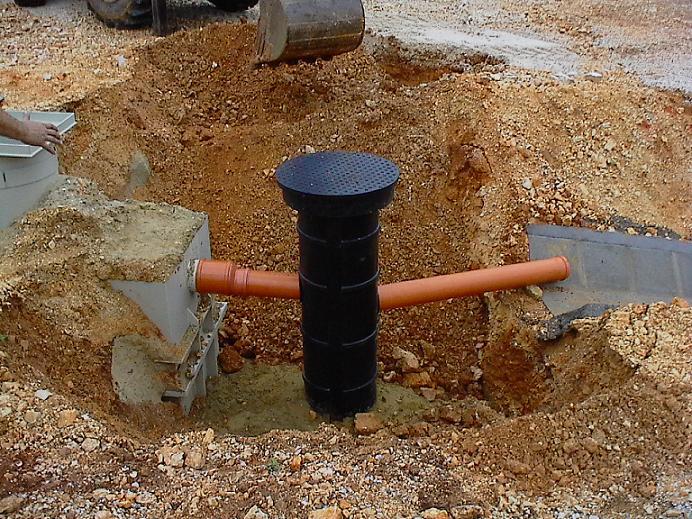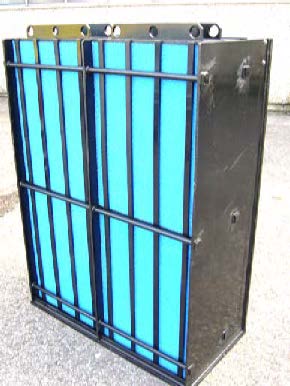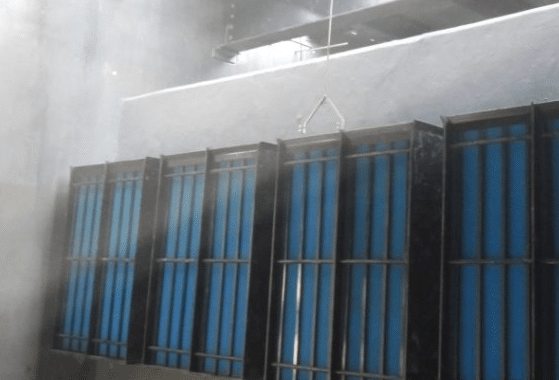Have you ever thought about What Regulations Apply to Below Ground Separators? or how below ground separators keep our waterways clean? These devices separate oil, grease, and other harmful substances from water. They are key to keeping our water quality high. But, figuring out the rules for these separators can be tough for everyone involved.
Knowing what regulations apply to below ground is more than just avoiding big fines from the Environmental Protection Agency (EPA). It’s about protecting our environment and avoiding expensive problems later on.
The rules for below ground separators stop pollutants like oil and sediment from harming our streams and rivers. Property owners must not only install these systems but also keep them in good shape. This means regular checks by certified experts to stay within the law and avoid fines.
Let’s look closer at these rules and how they impact the upkeep of below ground separators.
Key Takeaways
- Below ground separators must comply with federal and state regulations to prevent harsh penalties.
- Regular maintenance is essential to avoid sediment buildup that can lead to downstream flooding.
- Property owners are required to pump out and clean their separators annually.
- Failure to comply with maintenance requirements may result in civil citations.
- Understanding the regulations can help property managers avoid costly repairs and fines.
Understanding Below Ground Separators
Below ground separators are key in keeping water clean. They pull out oil and other harmful stuff from stormwater. These devices help companies follow the law and keep the environment safe.
Definition and Purpose
These separators remove pollutants from water before it reaches natural water bodies. Their main goal is to follow environmental rules. This way, they avoid fines and protect our ecosystems from pollution.
Common Applications
You can find these separators in many places like parking lots and industrial sites. They also help in multi-family areas. These separators stop pollutants from stormwater from getting into our waterways. They help keep our water clean and follow local environmental rules.

Regulatory Framework for Separators
The rules for underground separators are key to keeping our environment safe. The Environmental Protection Agency (EPA) sets these rules. They make sure that oil in water doesn’t go over 10 Parts Per Million (PPM).
These rules help keep our water clean. They are part of the Clean Water Act.
Federal Regulations
Operators must follow strict rules to keep water safe. They need to check and fix their systems often. This is to stop pollutants from getting into our water.
Not following these rules can lead to big fines. It can also stop operations.
State Regulations
States have their own rules that might be stricter than federal ones. Some states want more checks and maintenance. This is to better protect the environment.
Businesses need to know these state rules. Following them helps keep the environment safe. It also makes sure the separators work right.
North American Hydrocarbon Discharge Limits
Setting hydrocarbon discharge limits in North America is key for the environment and following rules. These limits, at a max of 10 PPM for oil in water, need strict measures for separators. They must remove hydrocarbons well to meet these standards.
Overview of Limits
Rules for underground storage systems match these hydrocarbon limits, keeping water quality high. In Quebec, many separators do better than the limits, getting oil levels under 5 PPM. This is from water that can have up to 2000 PPM oil. Following these rules helps avoid fines and protects water resources.
Impact of Compliance
Following hydrocarbon discharge limits changes how industries work. Companies that meet or beat these standards avoid fines and improve their green image. Solutions that can get water oil levels as low as 0.1 PPM help keep rules in place. This is good for local nature and the company’s image.
Enhanced Coalescing Technology
Enhanced coalescing technology brings big benefits over standard separators. It boosts oil separation efficiency and meets tough environmental standards. This technology is key for keeping products pure and following rules.
Advantages Over Standard Separators
Modern separators use new materials and designs to improve efficiency. Mechanical coalescers are popular in oil and gas for their flexibility. Electrostatic coalescers work great in offshore settings, handling water-hydrocarbon mixtures well.
These separators use granular filtration and coalescing to catch droplets. They also use gravity to settle particles efficiently.
Separation Efficiency Metrics
Keeping liquids clean is a main goal for coalescer users. Some separators can separate up to 99% of contaminants. This is very important in places like oil refineries.
New technologies like nanofibers and compact designs make separators better. They help reduce environmental harm and save money.
Freytech Inc. Solutions
Freytech Inc. is all about making separator solutions that are good for the environment. Their advanced packages work well in many industries. They make sure oil-water separation meets important standards.
Separator Packages Overview
Their separator packages can handle different flow rates, from 25 to over 640 gallons per minute. This meets the needs of many operations. They use special coalescing media for a longer life and easy reuse.
Features of Freytech Separators
Freytech separators use the latest technology for cleaner discharge. They can separate oils down to 0.1 PPM. An optional oil skimmer makes the oil 99.7% pure, meeting strict standards.
They also have removable and cleanable filters. This makes their separators effective in managing waste. It keeps operations running smoothly and saves money on septic truck services. Learn more about their solutions at Freytech’s solutions.
Oil Composition and Types
It’s important to know about the different types of hydrocarbons to follow oil type regulations. Oils vary, including motor oils, diesel, gasoline, and jet fuel. Each has its own traits that affect how well they can be separated and meet regulations. By understanding the oil composition, industries can pick the right separation solutions.
Types of Hydrocarbons Successfully Separated
Gravity-based separators are a cost-effective option for basic oil separation. But, they might not work well with small oil droplets in wastewater. This is a big issue for industries needing precise oil removal.
Coalescing plate separators are great for tight spaces, like in wash bay systems. API separators handle high flow rates well, making them perfect for big refineries and petrochemical plants. For complex oil mixtures, centrifugal separators are the best choice, efficiently breaking down emulsified oils.
Impact of Oil Type on Regulation
The type of oil being separated affects water quality regulations. Hydrocyclone separators are great for tight spaces because they need little maintenance and can handle high temperatures and pressures. Choosing the right separator for each oil type is key to environmental compliance.
Regular maintenance is vital for keeping separators working well. This helps avoid legal trouble and ensures water resources are used responsibly.
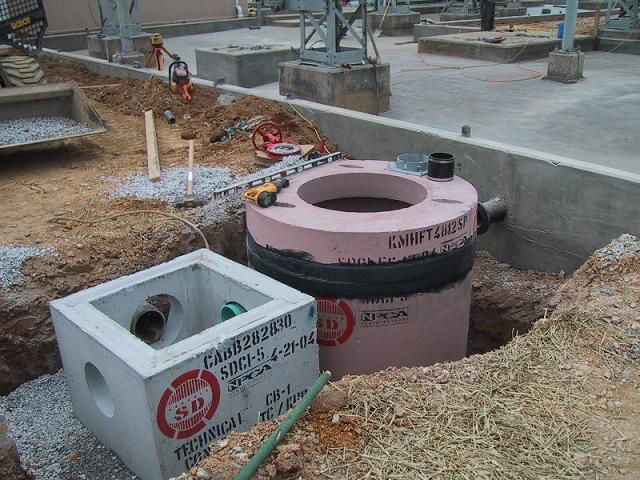
Maintenance and Efficiency
Keeping below ground separators in good shape is key to their performance. Regular checks are needed to follow maintenance rules. This helps avoid fines and keeps the environment safe.
Importance of Regular Maintenance
Regular upkeep stops harmful buildup. The Filter Pac III module helps recycle water fast. It’s important to stick to maintenance plans to keep equipment working well and meet environmental rules.
For example, Oil and Grit Separators need yearly checks. This ensures they work right and helps facilities stay green.
Reusable Coalescing Media
Using reusable coalescing media is smart for maintenance. It boosts separation power and cuts down on replacement costs. This approach fits with today’s green maintenance goals.
Choosing durable materials helps facilities manage upkeep better. This reduces downtime and boosts productivity.
Benefits of Using Freytech’s Patented Oil Skimmer
Freytech’s patented oil skimmer is a top-notch tool for removing extra oil from wastewater. It’s key in many industries to follow rules and protect the environment. The system works well, making sure oil goes into the right place with great accuracy.
How the Oil Skimmer Works
The skimmer uses oil and water’s differences to separate them. It has special materials that grab oil droplets, making it very good at its job. This helps keep wastewater clean, avoiding problems with the environment.
It also turns waste oil into something useful, making wastewater management better.
Skimmer Efficiency and Oil Purity
The skimmer can get oil up to 99.7% pure. This means the oil is very clean and can be reused. Companies can use the oil again or send it back to production.
Using the skimmer can cut down costs and avoid big fines. It also helps make wastewater management more eco-friendly.
Environmental Impact and Compliance
It’s key to understand the importance of lower PPM levels in water discharge. This is for both following the law and keeping our environment healthy. By meeting strict standards, companies not only follow the law but also improve water quality.
This action helps reduce a company’s environmental impact. It also makes them more competitive in the market.
Benefits of Achieving Lower PPM
Lower PPM levels help protect our water sources from pollution. This effort is a step towards sustainability. It also means fewer fines and less risk of environmental harm.
Companies that focus on these standards get a better reputation. They are seen as responsible in their fields.
Recycling and Economic Opportunities
Recycling efficiently brings big economic benefits. It turns waste into valuable resources. This practice helps the environment and creates new income streams.
Industries that recycle grow economically while staying green. This links economic growth with caring for our planet.
Contact Information for Further Guidance
Looking for help with below ground separator compliance? Freytech Inc. is here to assist. Their team knows all about the rules, upkeep, and new tech solutions. By contacting Freytech, you’ll make sure your work follows the rules and runs smoothly.
Freytech Inc. Support
Call Freytech Inc. at +1 (305) 372-1104 to talk to experts. They can guide you through separator upkeep and environmental rules. This way, you’ll improve your work and avoid legal issues with hydrocarbon discharge.
Reach Out for Assistance
Need specific advice or have questions about compliance? Contact Freytech for help. They’ll explain the new rules and how to follow them well. This will make it easier for you to meet standards and care for the environment.
